Question: Q. 2. Use Huygens’ principle to explain the formation of diffraction pattern due to a single slit illuminated by a monochromatic source of light.
When the width of the slit is made double the original width, how would this affect the size and intensity of the central diffraction band ?
R [Delhi 2012]
Show Answer
Solution:
Ans. Explanation : As per Huygens’ Principle, net effect at any point
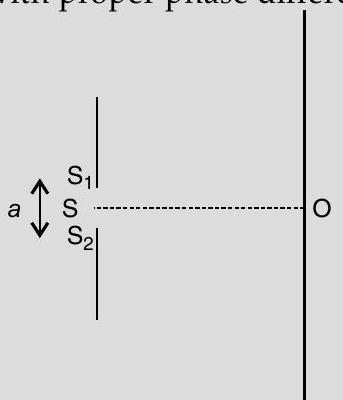
1
At the central point
1
From the figure,
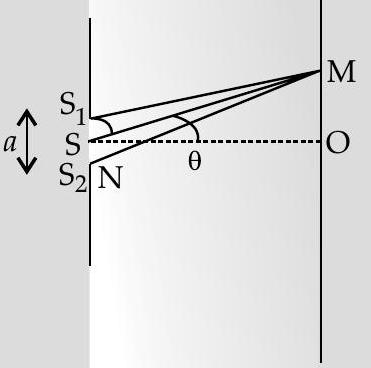
At the point
Phase difference between each wavelet from
Hence,
All such points (path difference
Similarly, all points, for which path difference
Half angular width of central maxima
[CBSE Marking Scheme 2012]
AI Q. 3. (i) State Huygens’ principle. Using it, construct a ray diagram for a plane wavefront getting incident on a denser medium.
(ii) Use Huygens’ principle to prove the laws of reflection of light.
Ans. (i) Huygens principle :
In a wavefront every particle acts as a new source of disturbance which are known as wavelet that travel in every directions with velocity of wave.
The forward (tangential) envelope of all these wavelets at any time gives new wavefront.
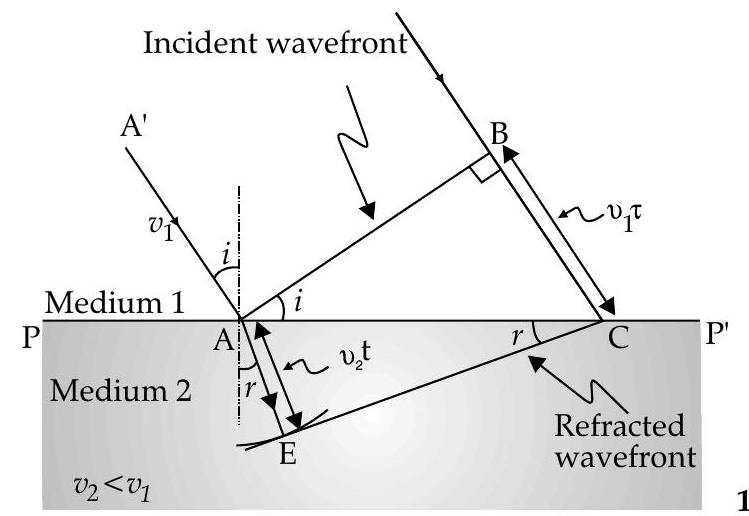
(ii)
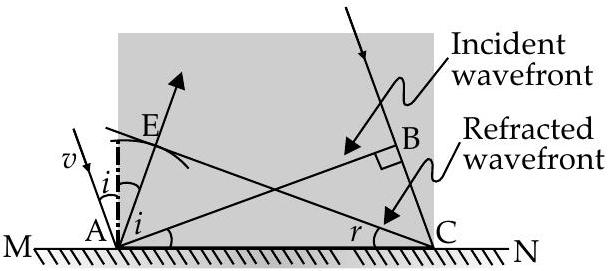
If disturbance at
Now
This is law of reflection.
TOPIC-2
Superposition of light waves (hinferference and
Diffraction)
Revision Notes
According to superposition principle, “At a partieular point in the medium, the resultant displacement produced by a number of waves is the vector sum of the displacements produced by each of the waves”.
It means if individual displacement produced at a point by two coherent waves at any instant is given by
Then resultant displacement at that point will be
Hence the total intensity at that point will be :
where,
Interference
Constructive Interference : If two waves are propagating such that crest and trough of both waves would reaching at a point in the same instant then we say there is constructive interference of two waves at that point and the resultant amplitude of the wave is the sum of individual amplitudes. (We can generalize this to superposition of more than two waves)
Destructive Interference : If two waves are propagating such that crest of one wave and trough of other wave reaching at a point in same instant then we say there is destructive interference of two waves at that point. The resultant amplitude of the wave is the difference of individual amplitudes. (We can generalize this to superposition of more than two waves)
- Two independent sources can never be coherent. We may create two coherent sources by deriving them from one source. Condition for constructive Interference
- Waves would be coherent in nature. Coherent wave means they should have equal frequency and constant phase difference
Path difference between waves at this phase difference
Condition for destructive interference
Waves would be coherent in nature. The phase diff. of the waves should be odd multiples of
, i.e.,
Path difference between waves at this phase difference
, Here,
Constructive Interference

Young’s Experiment
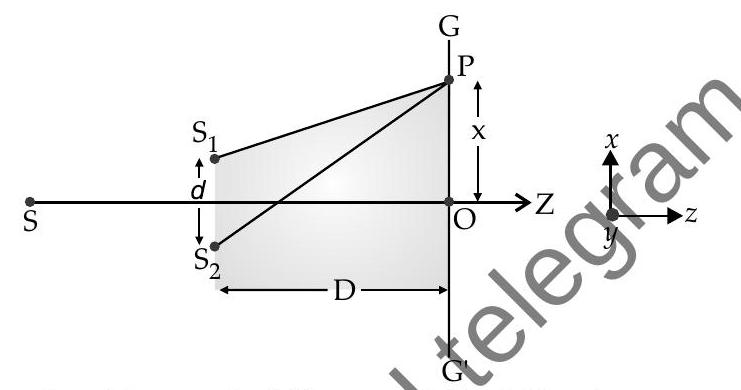
At "
" we would get central maxima. Here path difference
At "
“, which is at " " height from " " path difference
> Condition for
where,
- Condition for
Here,
Didth of the central fringe
Diffraction
It is defined as the bending of light around the corners of an obstacle or aperture into the region where we should expect shadow of the obstacle.
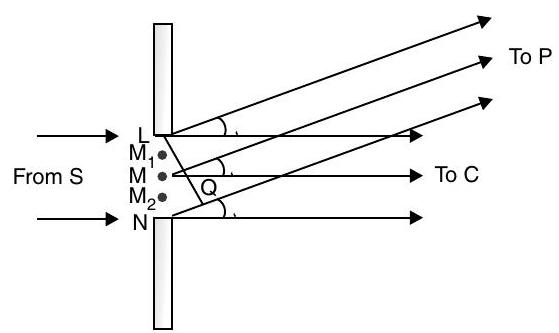
If width of the opening
Path difference between ray from
It is observed that when path difference
When
Elevation angle for first bright fringe
Height of first dark fringe
Dlevation angle for first dark fringe
There is no gain or loss of energy in interference or diffraction, which is consistent with the principle of conservation of energy. Energy only redistributes in these phenomena.
Know the Formulae
Condition for constructive interference for coherent waves
- constant phase difference
- Path difference
Condition for destructive interference for coherent waves
- phase difference
In Interference Pattern
- Width of the bright fringe
- Width of the dark fringe
- Width of the central fringe
- (All fringe have equal fringe width)
In Diffraction Pattern
- If angle of elevation of any point
- Condition that
- Condition that
- Width of the bright fringe
Width of the dark fringe
Width of the central fringe
- Height of first bright fringe






